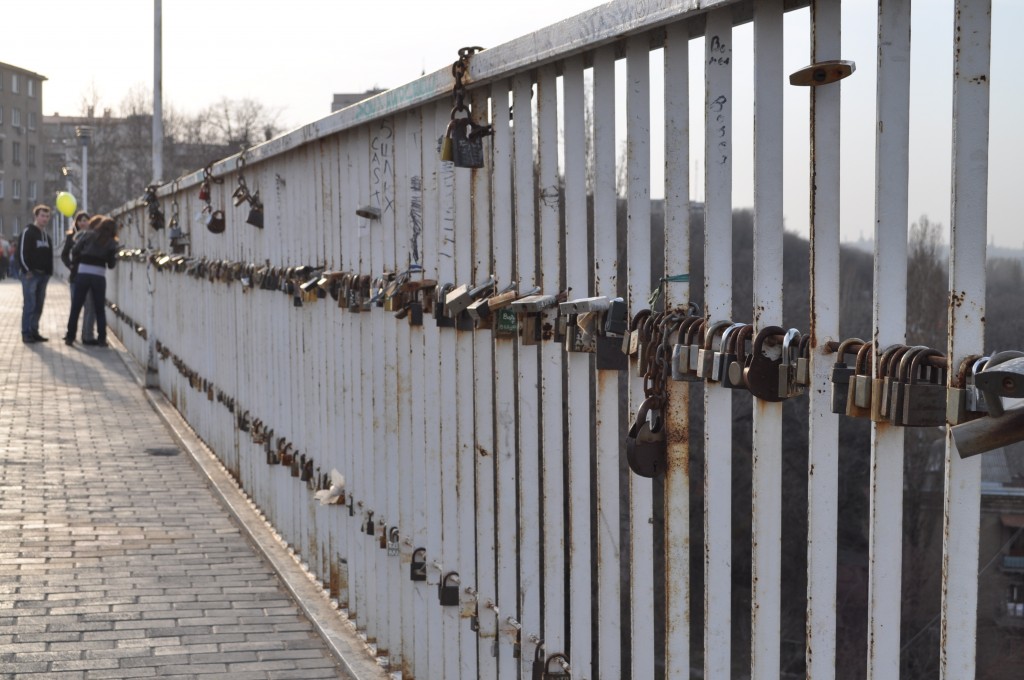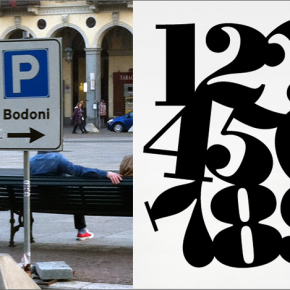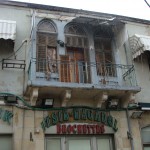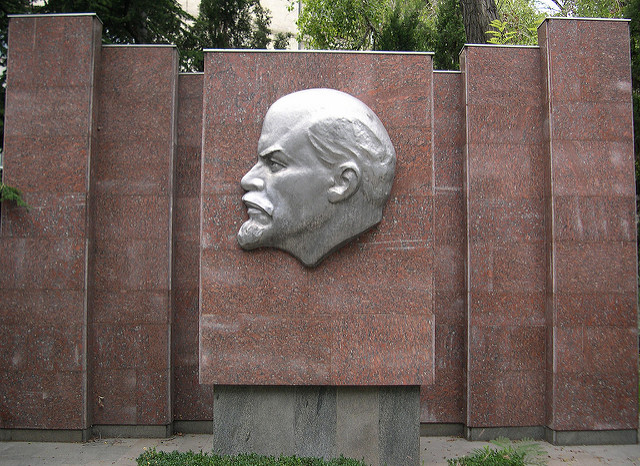Odessa, once the Soviet Union’s largest commercial port, was the funkiest place in the Nazi empire. It is said that the occupying Romanian officers would never consider going out without their make-up on, the better to attract the favors of the city’s belles. That reputation lives on, to this day.
My flight from Vienna was loaded with lonely, middle-aged men come to find love; the airport arrival hall filled with younger women, many with young children, all carrying a bouquet of yellow roses. The men could learn something from their Romanian predecessors, but the women have never forgotten their lesson.
Odessa has a laid-back vibe utterly alien to the Ukraine’s predatory, in-your-face capital, Kiev. There are few billboards to disfigure the lovely nineteenth century streets. Little taffic too. Couples embrace, friends chat in the streets, often accompanied by raucous laughter. People smile to each other, even to passing strangers. The Hare Krishnas are popular here. Their focus on communal chanting, dancing and smiling fits the mood. I loved their moves, a mix of Indian imports and local folk dances.
This was a rich city, built on its effective trading monopoly between the Russian empire, Turkey and lands beyond the Dardanelles. The opera house is a perfect example of Austrian Baroque. Former private palaces line the squares, some decorated with Arabic-scripted Turkish phrases picked out in glowing stucco testifying to the origins of their builder’s wealth. Soviet poverty saved it from the urban planners’ wrath, and the bombs of the Great Patriotic War mostly avoided its splendid avenues.
But it is rich no longer. The post-Soviet Ukraine, of crumbling Brezhnevian communal flats, potholed streets and rotting Ladas, surrounds it on three sides. On the fourth, the old port – huge, with berths mostly empty, criss-crossed by a maze of interminable coal transports – cuts the city from the sea. The cranes are old, built for a shipping that no longer exists. An incongruous blue-glassed tower, the Odessa Hotel, juts out among the cranes at the end of a pier, right next to a new yacht club mostly devoid of yachts. It is but a few years old, and locally-run: Kempinski Hotels, the mooted management company, cleared out before the project was completed. It shows.
Lack of opportunities pushes many younger Odessans out, to Kiev and beyond. Or just to the airport, to wait for every new cargo of lonely westerners. But they come back, whenever they can. For friends, families and love. Especially love. Overlooking the port is a pedestrian bridge linking Gogol Street and Vorontsovskyi Lane, supposedly built by a Communist-era apparatchik to allow him to easily saunter over to his mistress’ apartment from his offices in a shipping magnate’s former palazzo.
Today, the swaying structure is weighed down by thousands of engraved or painted padlocks, attached to the railings by couples professing their love. Every two years or so, municipal workers must remove tons of accumulated steel, whose weight threatens the fragile structure. No-one knows how many of the couples survive longer than their rudely sundered symbols in today’s hard times.






Do y’all notice that the ad next to this story about Odessa is ‘Russian Love Match’?
Zendoug: The ads keep changing. I missed that lovely montage, but there have been other noteworthy ones. Maybe we should try to keep a log. . .